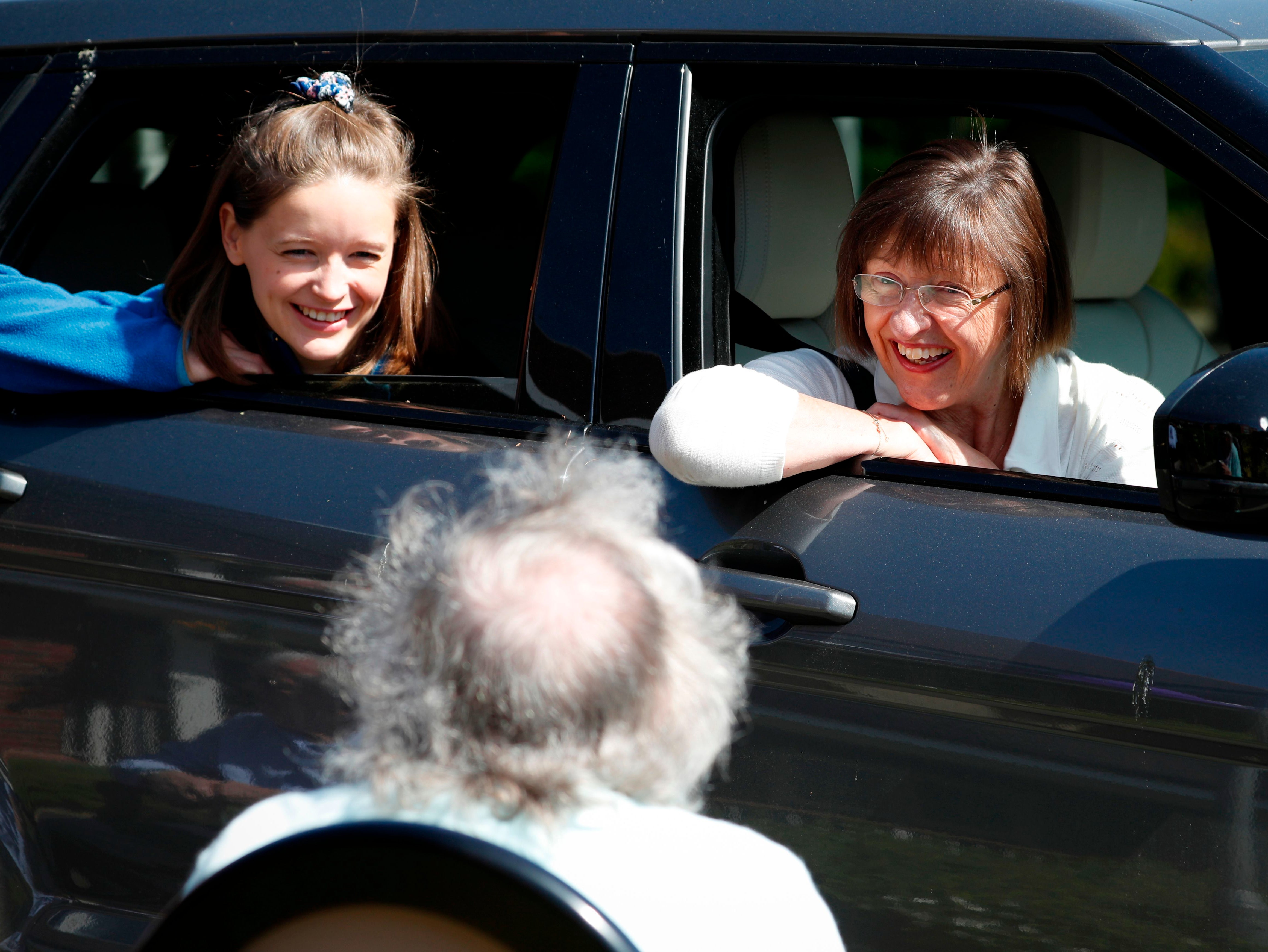Study explains why fewer people followed Covid rules as pandemic went on
Figures suggest people happier to socialise as most vulnerable offered first dose of jab

Lockdown fatigue could have made people less inclined to follow stay-at-home rules, a new study suggests.
Researchers used anonymised mobile phone data to assess over a million people’s movements during the Covid-19 pandemic.
Their study, published in the journal Scientific Reports, looked at the visits people made to other homes from March 2020 to May this year.
They saw a significant drop-off in visits when the first lockdown was announced.
When the second and third lockdowns were announced, people reduced contacts but to a much lesser extent.
There was a rise in pre-lockdown visits in the five days between when the November lockdown was announced and its taking effect.
And despite being in a lockdown at the start of this year, household visits rose after the most vulnerable people had been offered their first vaccine in February.
People in rural areas were more likely to stick to the rules than people in cities.
The study came after a separate survey found a quarter of people are now flouting Covid self-isolation rules by leaving home or having visitors even after testing positive for the virus.
The researchers compared household mixing across the pandemic to baseline levels, calculated from average household visits eight weeks before the pandemic began in England by assessing the anonymised mobile data of people who agreed to share information for research purposes.
They observed a 54.4 per cent drop in household mixing during the first lockdown in March last year, which gradually increased across the year as restrictions were lifted.
Household mixing fell again in the November lockdown, but only by by 15.28 per cent, while in January there was a 26.22 per cent decrease.
A significant increase in household mixing occurred in mid-February this year, indicating that people may have been happier to begin socialising after an announcement that the most vulnerable groups had been offered the first dose of a Covid-19 jab.
The authors also suggest that “lockdown fatigue” contributed to higher levels of household mixing in later lockdowns.
Professor Ed Manley, from the University of Leeds, said: “(There was an) immediate effect from the first lockdown in March, where we saw basically levels of visitation plummet.
“And while the first and third lockdown showed quite low reductions in household visitation, there were cases of lockdown fatigue creeping in in the second two lockdowns.
“We also saw this large increase in February 2021 as vaccinations rolled out.”
The researchers cautioned that the data was not able to differentiate between visits to people’s homes or gardens.
Subscribe to Independent Premium to bookmark this article
Want to bookmark your favourite articles and stories to read or reference later? Start your Independent Premium subscription today.

Join our commenting forum
Join thought-provoking conversations, follow other Independent readers and see their replies